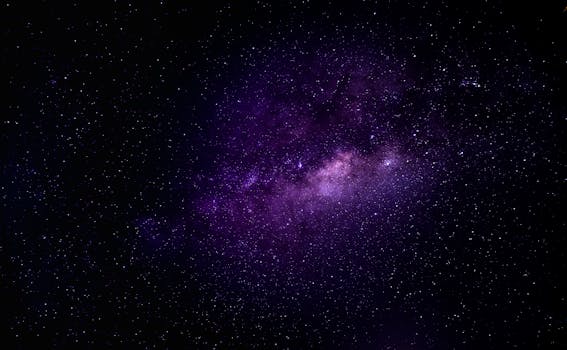
“
Beyond the Milky Way: Imagining New Worlds and Possibilities
Beyond the Milky Way: Imagining New Worlds and Possibilities is an exciting topic that has captivated human imagination for centuries. As we continue to explore and understand the universe, we are constantly reminded of the infinite possibilities that lie beyond our galaxy.
Introduction to the Milky Way
The Milky Way is a barred spiral galaxy that contains hundreds of billions of stars, gas, and dust. It is estimated to be about 100,000 light-years in diameter and is thought to contain between 200 and 400 billion stars. The Milky Way is just one of the billions of galaxies in the observable universe, and it is believed to be a relatively small galaxy compared to others.
Exploring the Universe Beyond the Milky Way
As we look beyond the Milky Way, we enter a vast expanse of space that is home to countless galaxies, stars, and other celestial objects. The universe is estimated to be around 13.8 billion years old, and it is still expanding. This expansion has led to the formation of galaxy clusters, superclusters, and other large-scale structures that are spread across the universe.
Imagining New Worlds and Possibilities
As we explore the universe, we are constantly reminded of the possibilities that lie beyond our galaxy. From exoplanets to black holes, the universe is home to a wide range of celestial objects that are waiting to be discovered and explored. The discovery of exoplanets, for example, has opened up new possibilities for the search for life beyond Earth.
Takeaways
- The Milky Way is just one of the billions of galaxies in the observable universe.
- The universe is estimated to be around 13.8 billion years old and is still expanding.
- The discovery of exoplanets has opened up new possibilities for the search for life beyond Earth.
- The universe is home to a wide range of celestial objects, including black holes, neutron stars, and galaxy clusters.
- Exploring the universe beyond the Milky Way is an exciting and ongoing area of research that continues to captivate human imagination.







